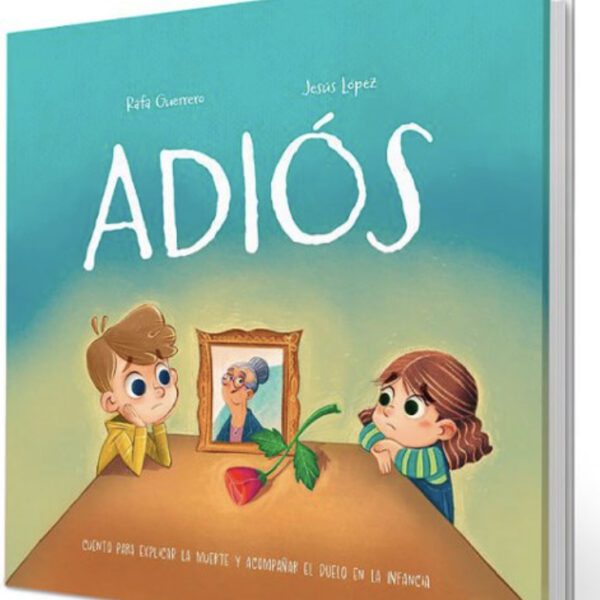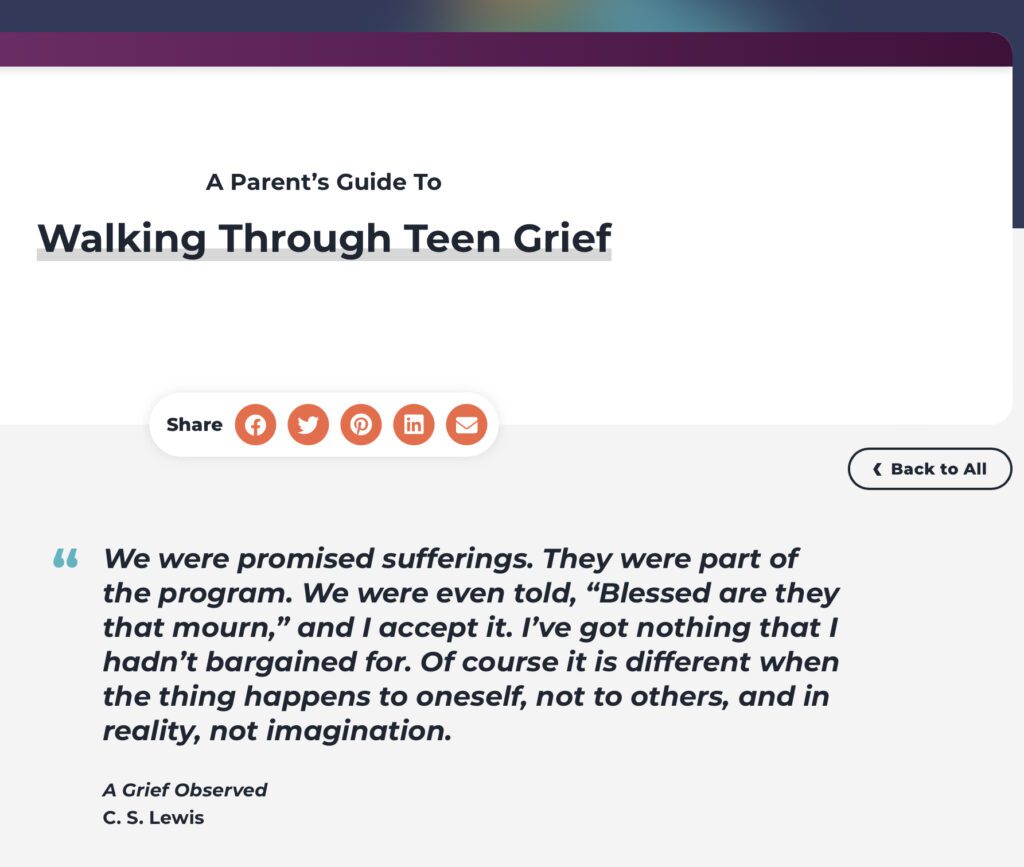
From the Guidance Department they share with us the extract of recommendations to take into account when facing the loss of a loved one. These guidelines have been taken from material produced by Rafa Guerrero, a child psychologist specializing in emotional intelligence. In plain language, they provide a frame of reference with which to address the issue of death in childhood, serving as a complement to the eternal truths that console the soul and bring hope in the midst of sadness or confusion:
“Below, in a more practical and concrete way, we offer some ideas or guidelines that can help family members communicate to children that a family member or friend has died, as well as some guidelines for the days after the death:
- Always go with the truth first: hiding someone’s death should not be an option, regardless of the age of our children. Remember that children are prepared to receive any news, even if it is sad.
- Talk about death as naturally as possible: talking about death is not easy, which is why it sometimes becomes a taboo topic or one that is rarely talked about in families. It is convenient to talk about death as a part of life and naturalize these topics.
- Give the child an appropriate narrative: the explanations we give to our children must be realistic, coherent and empowering. They must be adapted to the age and personality of the minor. According to the SEPA model, it would be important to include Sensations, Emotions, Thoughts and Actions in the narrative.
- When informing the minor, allow time for them to express themselves: breaking the news of a death is not easy. Elaborating and fitting it in is difficult for both the child and the parents. For this reason, it is advisable to leave some time after breaking the news in case they want to ask something.
- Validate and allow all emotions: common sense tells us that when a loved one dies, the only possible emotion is sadness. The reality is that different emotions can appear: anger, fear, curiosity, indifference and, of course, sadness. All of them must be allowed and legitimized.
- Connect with the emotion: although the emotion of sadness is unpleasant, it is a fundamental emotion.
- We must try to avoid phrases that prevent the child from connecting and feeling sadness, such as “don’t be sad”, “nothing is wrong” or “don’t cry”. Connecting with the sadness of loss makes us aware of it.
- Express your emotions: if we want our children to release the fear, anger or sadness they feel about the death of their grandmother, it is important that we be the first to be natural in expressing our affections.
- Always take minors into account: sometimes, with good intentions, we separate our children from these hard moments. We do not take them into account nor do we ask them if they want to be part of the farewell of the deceased and the socially and culturally established rituals (funeral, funeral, burial, cremation, etc.).
I think it is important to allow them to decide and support them in their decision. “It is as respectable and valid that the child wants to be part of these rituals as it is that he prefers not to.”





